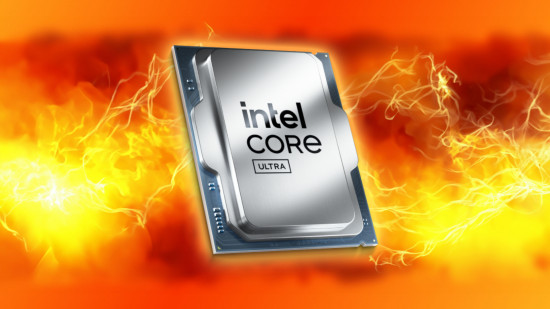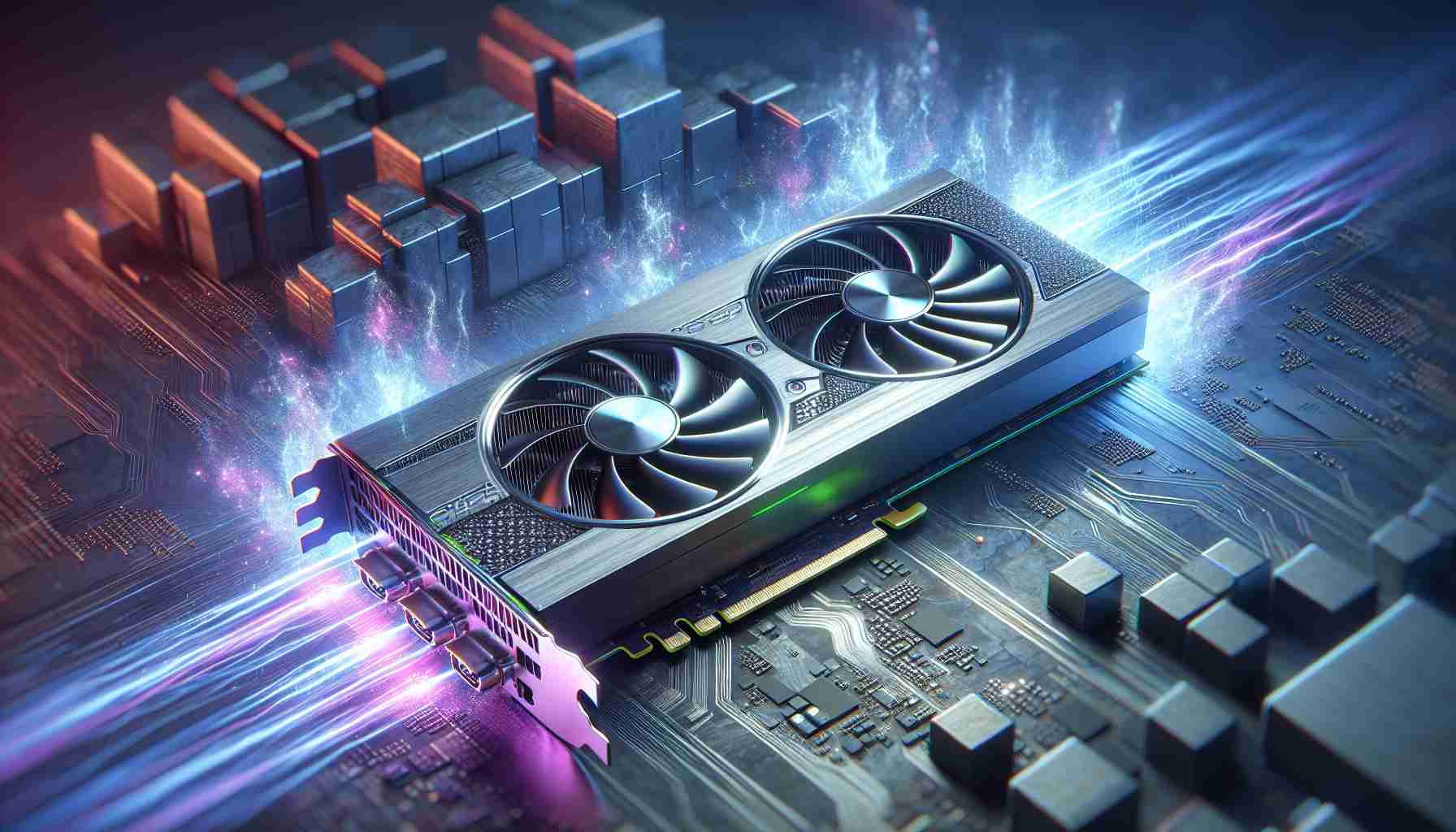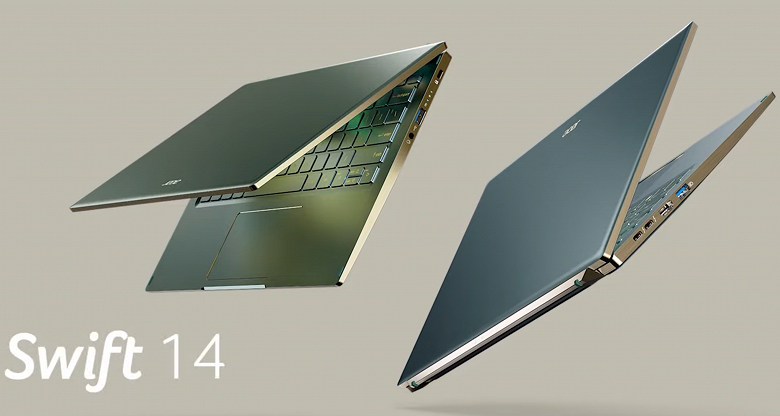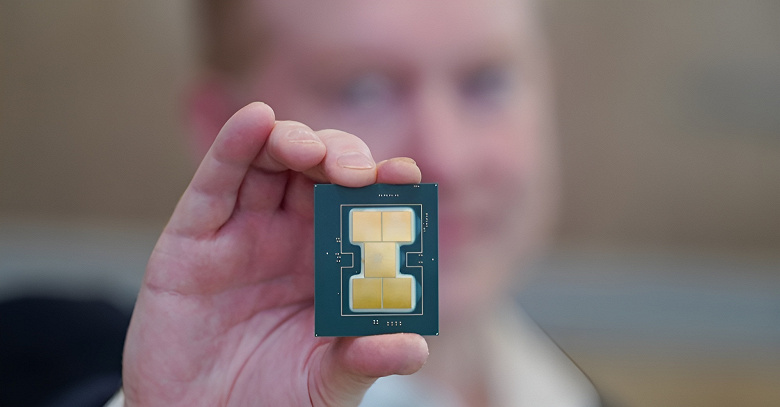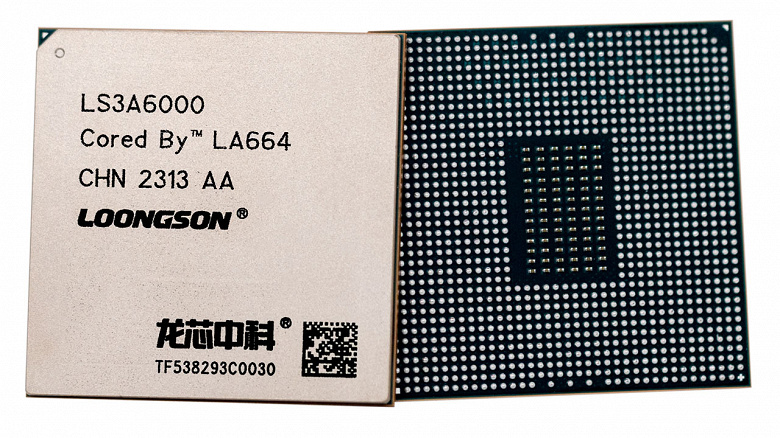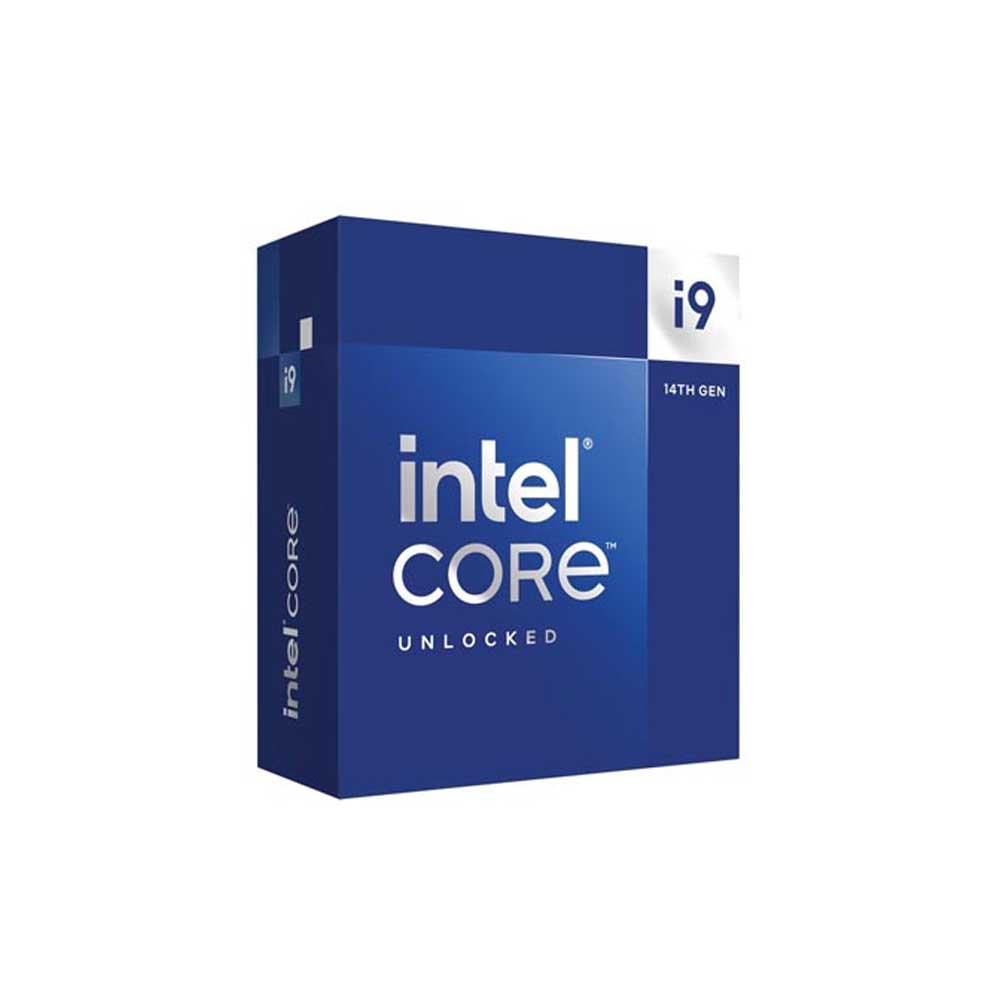A pair of Intel Xeon Ice Lake-SP processors were able to overtake 64-core AMD EPYC
Intel by the end of this year should present the first family of 10nm Ice Lake-SP server processors. The results of testing a system with two processors of this family were seen by a well-known network source with the alias Tum_Apisak in the Geekbench 4 benchmark. This allows at least to some extent imagine what can be expected from Intel’s first non-mobile 10nm processors.

